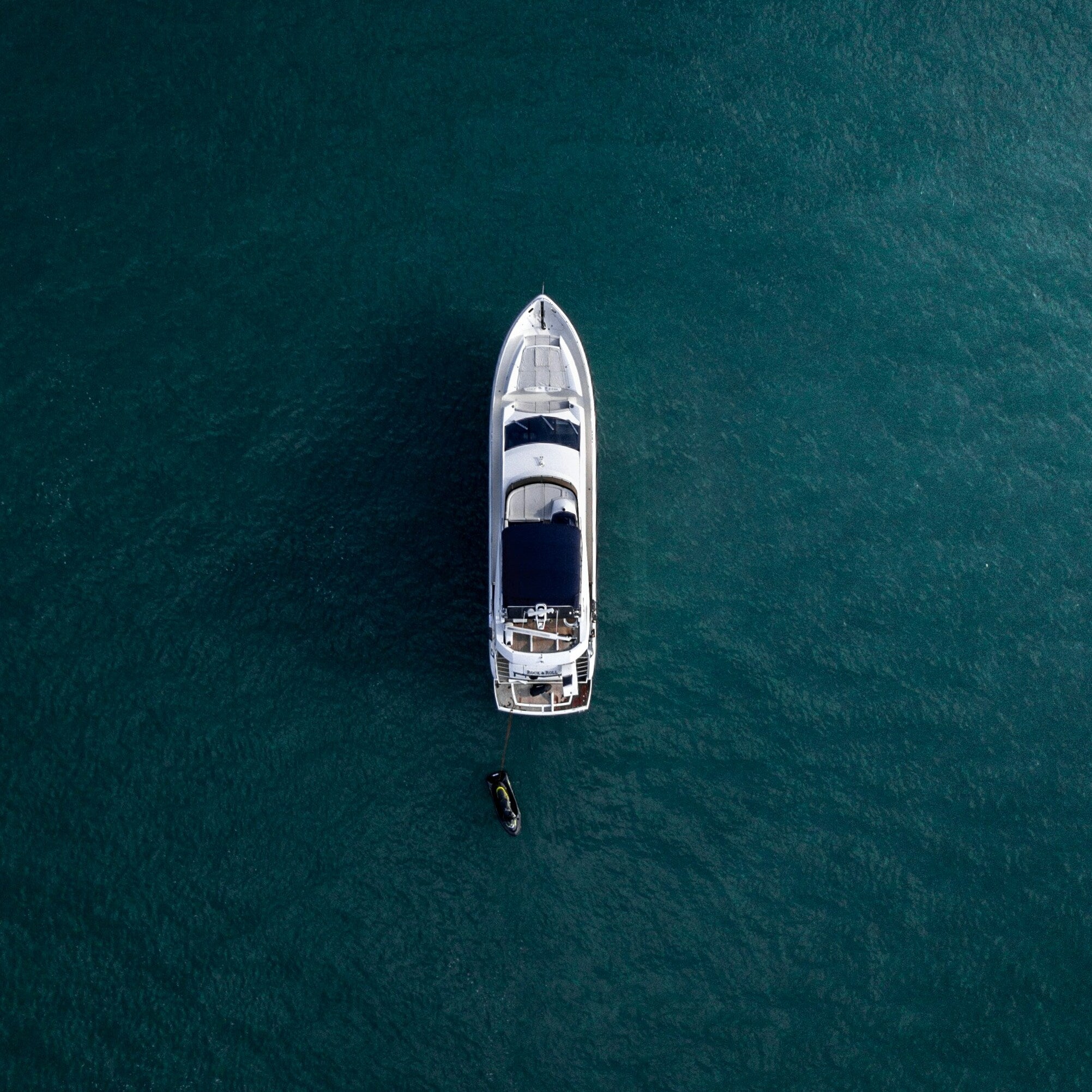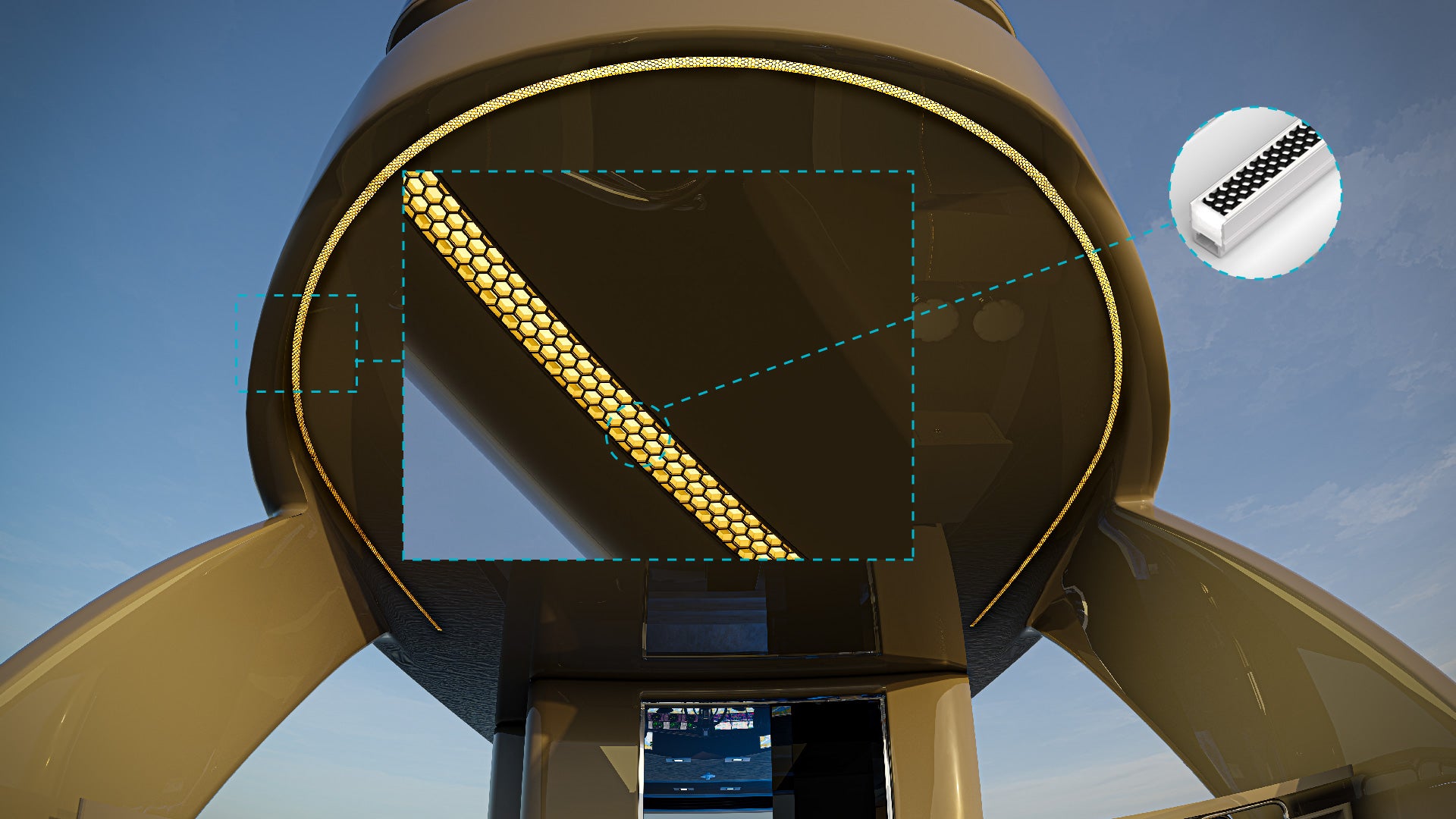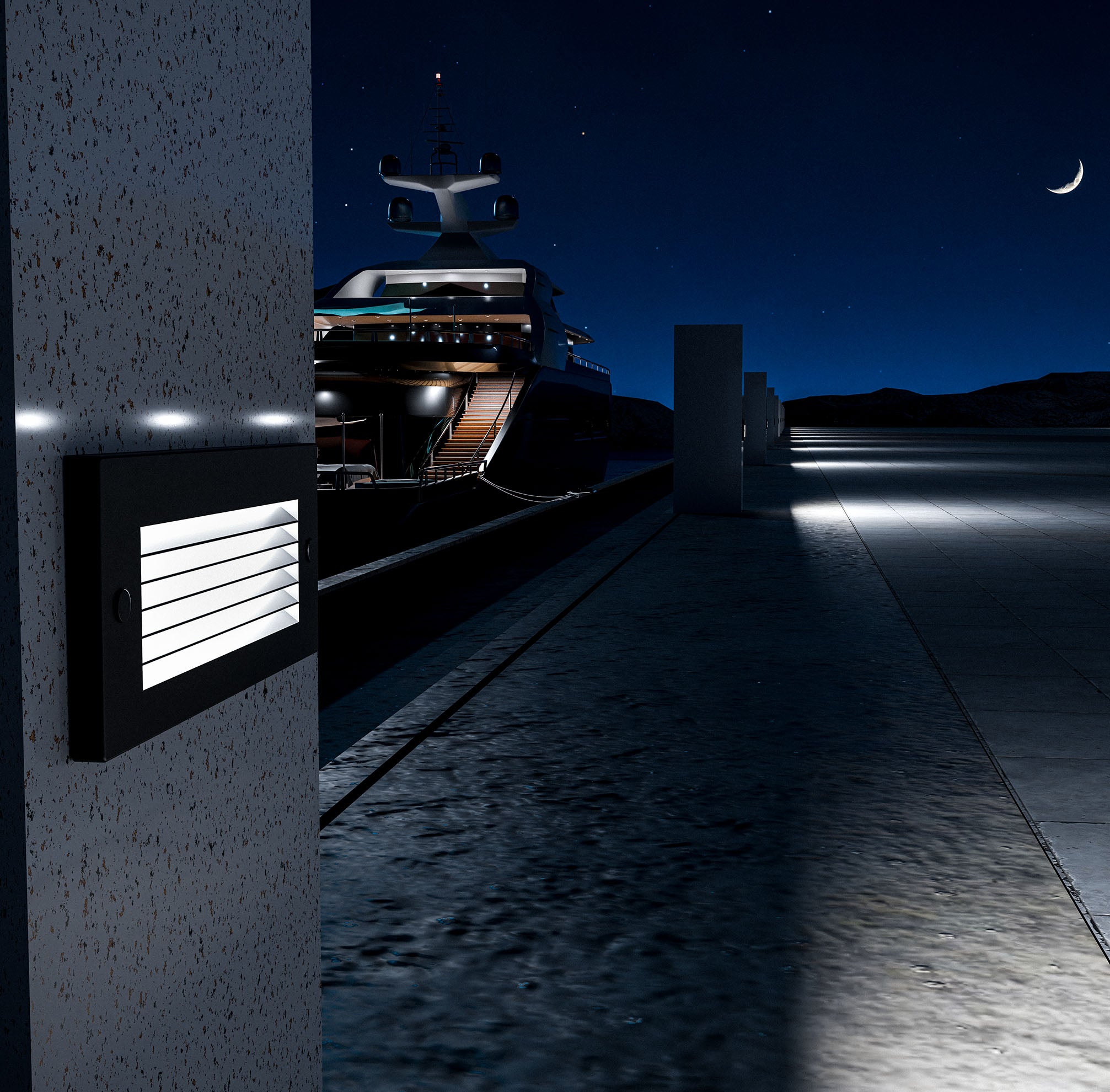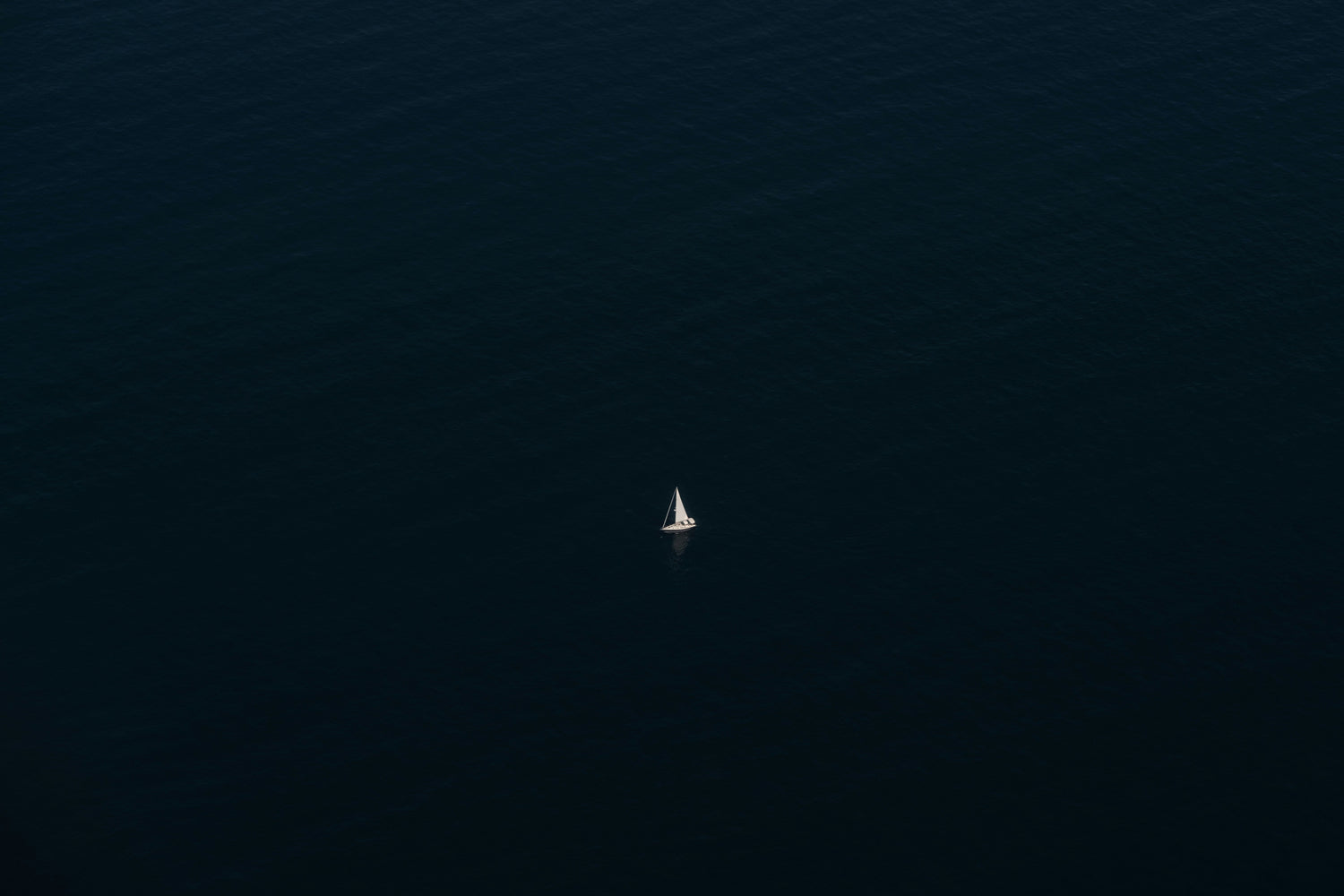Understanding when do boat lights need to be on is crucial for safe and legal boating. Navigation lights aren't just a suggestion—they're a mandatory safety requirement that can mean the difference between a safe voyage and a dangerous collision. Whether you're a weekend recreational boater or a seasoned mariner, knowing the exact timing requirements for boat lighting is essential for compliance with maritime law and protecting lives on the water.
The Fundamental Rule: Sunset to Sunrise
The primary requirement for boat navigation lights is straightforward: all recreational boats must display proper navigation lights from sunset to sunrise. This universal rule applies to every type of watercraft, from small fishing boats to large yachts, and is enforced by the U.S. Coast Guard under federal maritime law.
Recreational boats operating at night are required to display navigation lights between sunset and sunrise in all weather conditions, good and bad. This isn't a flexible guideline—it's a strict legal requirement that applies regardless of weather conditions, location, or how well you think you can see. The timing is based on official sunset and sunrise times for your specific location, which vary by geographic location, season of the year, and local time zone.
It's important to note that the requirement begins at the moment of official sunset, not when it "starts getting dark." Similarly, you must keep your lights on until official sunrise, not just when you can "see well enough." Many boaters make the mistake of thinking they can rely on their own judgment about lighting conditions, but the law is clear about using official astronomical times rather than subjective assessments.
Restricted Visibility Requirements
Beyond the sunset-to-sunrise rule, boat lights must also be displayed during any period of restricted visibility. The term "restricted visibility" means any condition in which visibility is restricted by fog, mist, falling snow, heavy rainstorms, sandstorms or any other similar causes. This requirement can apply at any time of day or night when weather or environmental conditions impair visibility.
Dense fog represents one of the most common and dangerous restricted visibility conditions. Fog can develop rapidly and dramatically reduce visibility to just a few yards, transforming familiar waters into hazardous territory where collision risks increase exponentially. Even light mist that seems manageable can create dangerous conditions where other vessels become difficult to spot until they're dangerously close.
Heavy rainstorms can significantly impair visibility, making it necessary to display navigation lights even during daylight hours. The key factor is whether the weather conditions restrict your ability to see other vessels clearly. In colder climates, falling snow or ice storms can create visibility restrictions that require immediate use of navigation lights, while industrial areas, wildfires, or severe dust storms can also create conditions requiring navigation lights.
The general guideline is that if visibility drops below approximately one to two nautical miles, you should immediately display your navigation lights. However, don't wait for conditions to become severely restricted—err on the side of caution and turn on your lights as soon as visibility begins to deteriorate. Remember that other boaters may be experiencing different visibility conditions than you are, and what seems manageable from your position might be much worse elsewhere on the water.
Special Timing Considerations by Boat Type
Different types of vessels have specific requirements that affect when lights must be displayed. If you are operating a boat with an engine, including sailboats with motors, you need navigation lights between sunset and sunrise or under conditions of restricted visibility. This requirement applies to all motorized vessels regardless of size, from small outboard-powered fishing boats to large motor yachts.
Sailboats present unique timing considerations that depend on their mode of operation. When operating under sail only, sailboats must display navigation lights from sunset to sunrise and during restricted visibility. However, when operating under motor power, sailboats must follow the same rules as powerboats, even if sails are raised. This distinction is crucial because many sailors don't realize that motor-sailing vessels are considered powerboats under navigation rules and must display appropriate powerboat navigation lights.
Small craft and human-powered vessels have somewhat relaxed requirements, but timing obligations still apply. A single white light such as a lantern, flashlight, or portable all-round light must be displayed when operating between sunset and sunrise or during periods of restricted visibility for vessels like kayaks, canoes, and rowboats. While these vessels aren't required to have permanently installed navigation lights, the timing requirements for displaying some form of lighting remain the same.
Anchoring Light Requirements
When your boat is at anchor, different timing rules apply that many boaters overlook. When your boat is at anchor but you are not in a designated anchoring area like a marina, you need to make sure that you are visible to other boats that may be operating nearby. Anchor lights serve as a critical safety signal to other vessels that your boat is stationary and should be given wide berth.
Anchor lights are required from sunset to sunrise when anchored outside designated anchorage areas, and during restricted visibility regardless of time of day. The light must be positioned where it can best be seen by approaching vessels, typically at the highest point on the boat. Vessels less than seven meters are not required to display anchor lights unless anchored in or near a narrow channel, fairway, or anchorage where other vessels normally navigate.
Many boaters forget about anchor light requirements when they drop anchor for fishing or swimming during the day, only to find themselves still anchored as sunset approaches. Planning ahead for these situations and understanding when anchor lights become mandatory can prevent last-minute scrambling to comply with regulations as darkness falls.
Understanding the "No Other Lights" Rule
During times when navigation lights are required, federal regulations specify that no other lights that could be mistaken for lights specified in the Rules of the Road can be displayed, nor any lights that impair the visibility or distinctive character of navigation lights, or interfere with the keeping of a proper lookout. This rule is more comprehensive than many boaters realize and affects how you use all lighting on your vessel during required navigation light periods.
The practical implications mean you should turn off white deck lights while underway, avoid using spotlights or searchlights unnecessarily, and dim cabin lights that might interfere with navigation light visibility. Additionally, you must ensure no lights create glare that impairs your night vision or makes it difficult for other boaters to clearly see your required navigation lights. This often means making difficult choices between convenience lighting and regulatory compliance, but safety and legal requirements must take precedence.
Understanding this rule helps explain why experienced mariners often prefer red lighting for cabin and cockpit use during night operations. Red lights don't affect night vision as severely as white lights and are less likely to interfere with the visibility and recognition of required navigation lights.
Regional and Local Variations
While federal regulations provide the baseline requirements, some states and local jurisdictions may have additional rules that affect timing requirements. For example, all boats must use navigation lights while operating on Kansas waters between sunset and sunrise, exemplifying how states often reinforce federal requirements. Some states may have earlier activation times, additional lighting requirements for specific waterways, or enhanced requirements for certain boat types.
When operating in international waters, the International Regulations for Preventing Collisions at Sea apply, which closely mirror U.S. inland rules but may have specific variations in timing or application. Boaters who cross international boundaries or operate in waters where different jurisdictions might apply should familiarize themselves with any additional requirements that might affect when lights must be displayed.
Local harbor authorities or marina operators may also have specific lighting requirements that go beyond federal minimums, particularly in heavily trafficked areas or ports with commercial shipping traffic. These local requirements often reflect unique hazards or traffic patterns that justify additional precautions.
Practical Compliance and Technology Integration
Always check your navigation lights before departing, especially for trips that might extend past sunset. This involves testing all bulbs and connections, verifying battery levels for portable lights, cleaning lenses for maximum visibility, and checking that lights are properly positioned and unobstructed. Navigation lights should be checked prior to departing the dock, and you should always carry spare bulbs, because the Coast Guard doesn't care if they were working when you left—only that they are working when required.
Modern LED marine lighting offers significant advantages for timing compliance through automatic features. Many LED navigation lights include photocells that automatically activate at sunset, dusk-to-dawn sensors for hands-free operation, and low power consumption for extended operation. These technological advances remove much of the guesswork from timing decisions while ensuring consistent compliance with regulations.
LED marine lighting vs. halogen lights demonstrates how LED technology provides consistent illumination throughout the night without draining your boat's electrical system. This reliability becomes crucial during extended night operations or when anchored overnight in areas where anchor lights must remain on until sunrise.
Sound Signals During Restricted Visibility
When navigation lights are required due to restricted visibility, additional safety measures apply beyond just lighting. During times of restricted visibility such as smoke or fog, additional sound signals are required, with both inland and international rules requiring that any boat underway in or near a restricted visibility area sound a warning signal every two minutes.
The specific sound signals vary by vessel type and operational status. Motorboats must sound one prolonged blast every two minutes, while sailboats must sound one prolonged blast plus two short blasts every two minutes. Stopped vessels that are underway but making no way must sound two prolonged blasts every two minutes. These sound signals work in conjunction with navigation lights to provide multiple layers of collision avoidance in dangerous conditions.
Understanding the relationship between lighting requirements and sound signal obligations helps boaters develop comprehensive safety protocols for restricted visibility operations. Both requirements typically activate under the same conditions and serve complementary purposes in marine collision avoidance.
Legal Consequences and Safety Implications
Failing to display proper navigation lights when required can result in Coast Guard citations and fines, increased liability in case of accidents, insurance complications if incidents occur, and potentially criminal charges in cases involving serious accidents. However, the legal consequences pale in comparison to the potential safety implications of non-compliance.
More importantly, proper lighting timing prevents collisions that could result in injury, death, or significant property damage. Navigation lights serve as the primary means of collision avoidance during low visibility conditions, and their proper use according to timing requirements directly impacts the safety of everyone on the water.
When conditions deteriorate, don't hesitate to turn on your lights—it's better to be overly cautious than to risk a collision that could have been prevented. Conservative interpretation of timing requirements reflects good seamanship and demonstrates concern for the safety of other mariners sharing the waterways.
Conclusion
Understanding when boat lights need to be on is fundamental to safe boating. The rules are clear: navigation lights must be displayed from sunset to sunrise and during any period of restricted visibility. This isn't just about legal compliance—it's about ensuring that you and other boaters can see and avoid each other in challenging conditions.
Modern LED technology makes compliance easier than ever, with energy-efficient lights that can operate all night without draining your battery and automatic features that remove guesswork from timing decisions. By following these timing guidelines and maintaining your navigation lighting system properly, you contribute to the safety of everyone on the water.
Remember that proper timing is just one aspect of navigation light compliance. The lights must also be the correct type, properly positioned, and maintained in good working order. Quality marine LED lighting ensures reliable operation when you need it most, providing peace of mind for every voyage.
Need reliable navigation lighting that automatically activates when required? Explore K2 Lighting's comprehensive collection of marine LED lights designed for dependable, energy-efficient operation in all conditions.





